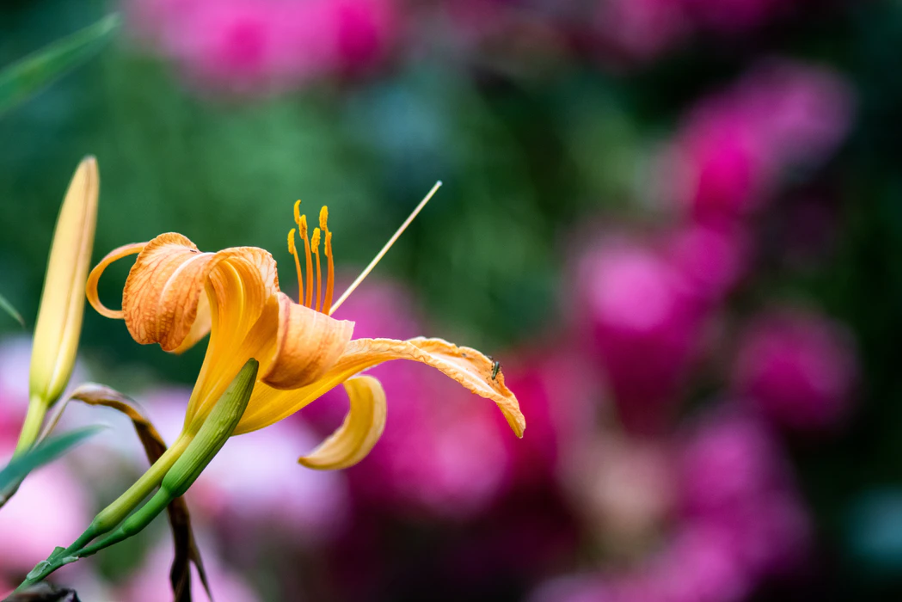Lily is an amazingly beautiful flower, one of the most ancient among the many bulbous plants. There is nothing strange that lily is considered the queen of many gardens today. If you want to cultivate lilies in your garden — here is your A to Z.
Buying and Storing Bulbs
If you decide to purchase lily bulbs online, first of all, pay attention to their condition: they should be quite large, fleshy, healthy, and not dried. When purchasing planting material in early spring, store the bulbs in a package, in a dark, cool place.
From time to time, check the condition of the bulbs, and if you notice that the lily has begun to grow, simply cut the packaging in the direction of the stem, so this will help prevent deformation of the emerging sprout. When purchasing lily bulbs in the fall, keep them in a dark, ventilated area before planting. Remember, the final time for this is mid-October.
How to Plant Lily
Lily can grow in one place for several years, but frequent transplants can slow down its development. Therefore, the place for planting must be chosen carefully to avoid disturbing the plant for the next 3-4 years. Sewing is better to do in September when the flowers are dormant.
To plant lily bulbs, you need to dig a small hole, the diameter of which should not exceed 40 cm, and the depth — 25 cm. The bottom should be covered with 3-4 cm of gravel, and then a layer of fresh fertile soil (about 5 cm). Then carefully lay the bulbs and cover them with the soil. Then use your finger to make a small circle to mark the planting site and add a small handful of granular fertilizer. Additionally, consider the following growing secrets:
- Lilies feel just fine if their upper part is warmed up in the sun, and the “legs” are in the shade, that is, the bulbs do not overheat.
- Plant low or medium-sized flowers near them, for example, daylilies or bells. Thanks to this joint planting, you will shade the lower part of the lilies, which means that the soil will not overheat and dry out.
- When planting oriental lilies, try to prevent the bulbs from drying out. Remember that Asiatic lilies do not like adding lime to the soil and quite often require replanting.

In Conclusion
More than 300 new varieties appear on the farmer markets every year, the beauty of which can amaze anyone. The novelties differ not only in the color of the flower, but also in shape and, of course, in the name: Blue Eyes, Golden Orange Ariosto, Stargazer — can they leave anyone indifferent?
Today, everyone can afford to plant lilies in their garden, even people with allergies. However, they should purchase scentless varieties. Finally, growing lilies will not take much of your time, so why not try it?
